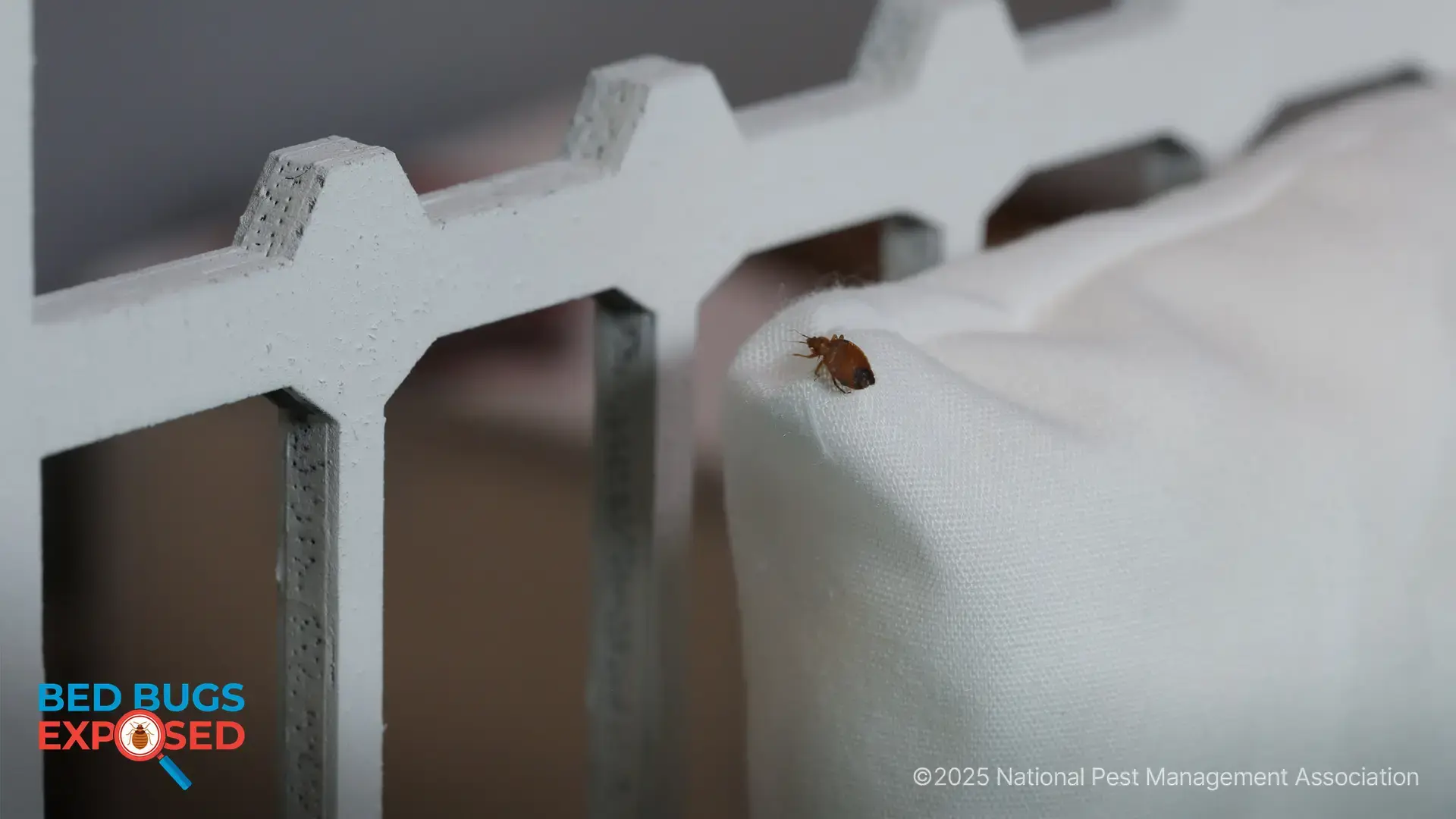Cockroach Identification Guide
How to tell different types of cockroaches apart
Have you ever experienced a pest infestation in your home? If so, you know that the first step in effective pest control is to identify the culprit. However, this is often difficult for homeowners because they don’t have the knowledge and wherewithal to pinpoint the bug or rodent in question like pest professionals do. What makes it even more challenging is that the specific species should be identified, not just the pest, to determine the appropriate course of treatment – and they all vary in appearance and living habits.
Take, for example, cockroaches. There are more than 4,000 living species of roaches in the world – about 70 of which are found throughout the United States. However, only a few of these cockroach species inhabit residential and commercial properties. The most common are American, brownbanded, German and Oriental cockroaches. Read on to learn what to look for in the event of a cockroach infestation.
Assess the size of the cockroach.
The world’s largest cockroach is six inches long with a one-foot wingspan, but it only lives in South America. Cockroaches found in the United States typically range in size from ½” to 2” long.
Brownbanded cockroaches are the smallest of the common roaches and only grow to be about ½” in length, which is equivalent to the size of a penny. German cockroaches are slightly larger than brownbanded cockroaches, and vary in size from ½” to 5/8” in length. Oriental cockroaches grow to be a little bigger, measuring about 1” in length. American cockroaches are the largest of the house-infesting roaches. They can grow to be about 2” in length.

Look for different colors on the roach’s body.
Most cockroaches are oval in shape, but they all have slightly different body colors, which is an effective way to tell them apart from one another. For example, American cockroaches are reddish-brown with a yellowish figure-8 pattern on the back of their heads, while brown-banded cockroaches are brown with pronounced banding across the wings. German cockroaches have light brown or tan bodies with two dark stripes. Oriental roaches are shiny black.

Know the habits of cockroaches.
Cockroaches often enter homes in search of food and water, but each species prefers its own hiding spots. German cockroaches are drawn to warm, humid environments. They are frequently found in bathrooms and kitchens. American cockroaches, on the other hand, are common in larger commercial buildings such as restaurants, grocery stores, food processing plants and hospitals. These roaches are known to infest food storage and food preparation areas, as well as basements, yards and alleys.
Other cockroach species like oriental cockroaches can survive quite well outdoors, where they are found under debris, leaves, stones and porches. Inside, they tend to hide in crawl spaces, basements and around utility pipes. Brownbanded cockroaches show a preference for drier locations and warmer areas over 80 degrees. They prefer higher locations than most cockroach species and are often found in upper cabinets in kitchens and bathrooms.

In the event of an infestation…
Contact a licensed pest professional. They will be able to help you access the situation, confirm the species and recommend a treatment plan to get rid of cockroaches or other pests. To find a pest professional near you, use our zip code locator.

Learn About Rodents
Rodents invade millions of homes each winter. Learn more about them!

NPMA's Bug Barometer Forecast
The latest Bug Barometer® forecast from the National Pest Management Association reveals what homeowners across America can expect from pest activity this fall and winter.

NPMA's Bed Bugs Exposed Project
Check out NPMA's Bed Bugs Exposed project to learn more about this hitchhiking pest and how to prevent an infestation at home.
Find a PEST PRO in your area

Learn About Rodents
Rodents invade millions of homes each winter. Learn more about them!

NPMA's Bug Barometer Forecast
The latest Bug Barometer® forecast from the National Pest Management Association reveals what homeowners across America can expect from pest activity this fall and winter.

NPMA's Bed Bugs Exposed Project
Check out NPMA's Bed Bugs Exposed project to learn more about this hitchhiking pest and how to prevent an infestation at home.
